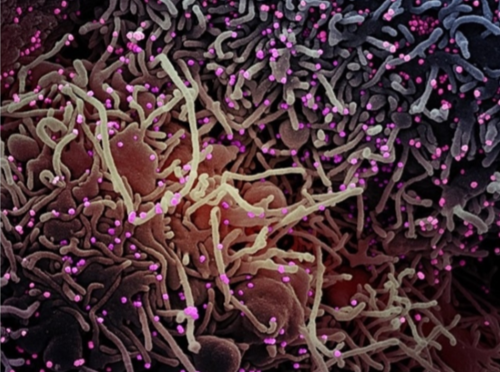Detection of a more dangerous SARS-CoV-2 mutation
Author: May Thongthum

A new study published on the preprint server bioRxiv* in May 2020 reports on the development of a system to help track new mutations in the SARS-CoV-2 that is behind the current COVID-19 pandemic. This new system helps track the mutations that are most likely to increase the pathogenicity of the virus. During the rapid spread across continents, the virus was found to have undergone an antigenic drift. Antigenic drift is the accumulation of mutations over a season of infection. Those variants that are relatively resistant to antibodies among the whole will survive and reproduce. As of April 13th, 2020, the researchers had identified 14 mutations and one clustered group of mutations. The two most important mutations discussed in the current report are the D614G and S943P.
These findings are significant because most vaccines and viral testing reagents are based on the genome of the original viral isolate from Wuhan. However, the current study aims to identify the real-time variations in the viral genome to understand how recombination is impacting the evolution of the virus. The scientists summarized the impact of their work by stating that these tools will be important for informing choices about how best to respond in order to control the epidemic’s spread and resurgence.
References:
bioRxiv publishes preliminary scientific reports that are not peer-reviewed and, therefore, cannot be regarded as conclusive, guide clinical practice/health-related behavior, or treated as established information